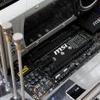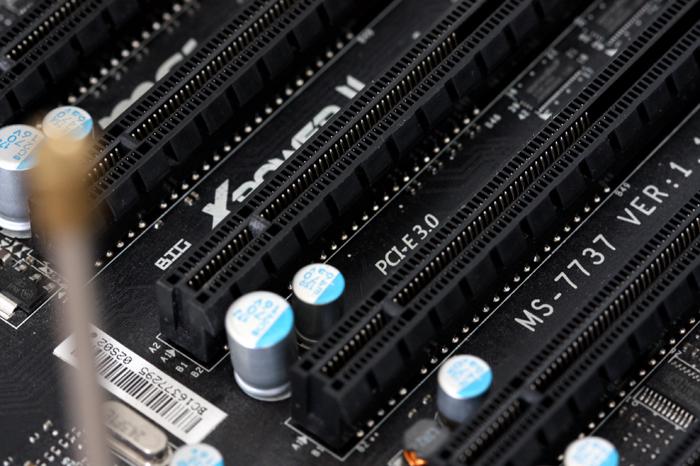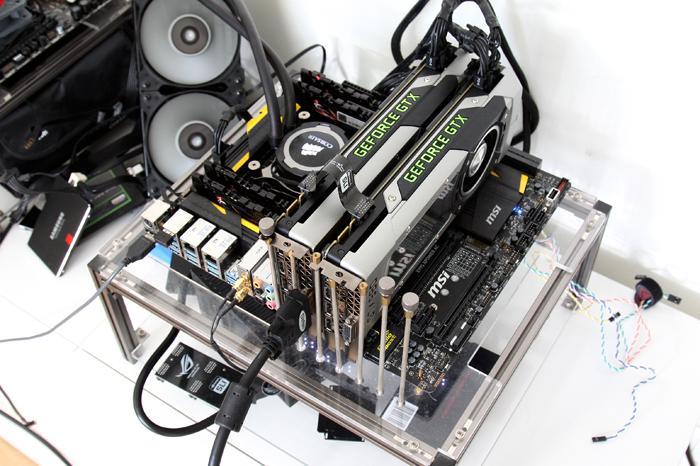Article - Guide - Review
PCI Express Scaling Game Performance Analysis
Many times in the past we have noticed end-users all cramped up about the fact that their graphics card runs ‘only’ on a PCI Express Gen 2.0 16x or even PCI Express Gen 1.1 16x whereas technology has evolved to PCIE GEN 3.0 already. Though pretty much any graphics card is backwards compatible, lots of you guys are also worried that with each generational difference the rendering output performance changes dramatically. A lot of consumers find this confusing, their graphics card works perfectly fine on that old PCIe Generation 1.1 slot but somehow quite a few are awake at night wondering if that upgrade to a Generation 3.0 compatible slot will boost the graphics card performance. And hey, to upgrade means investing on all Gen 3.0 compatible gear including the graphics card, processor and motherboard.
What is it about that PCI Express Gen 3.0 slot that makes it so different and appealing?
Okay, so I exaggerated that a little bit, as you surely will not be awake at night (we hope) but we do think it is time to bust some myths. See, with a single graphics card on even a PCIE Gen 1.1 x16 slot you will not be hindered by the limitations of that aged bus bandwidth. At Gen 2.0 even high-end SLI or Crossfire is just not an issue bandwidth wise as the utilization of the bus remains low. But are there measurable performance differences ? This is exactly what we are going to look for in this article. To be able to do so we build such a powerful setup that there is no way the PC can bottlnech the graphics card, even in a multi-GPU setup. So we will use the 8-core Core i7 5960X in combo with 16GB quad channel memory and use a motherboard which allows it to select PCIE generations. That's right, our MSI X99 XPower motherboard allows us to test and set these GEN 1.1/2.0/3.0 modes in the BIOS, thus with the flick of a BIOS switch all of the sudden we have a GEN 1.0, 2.0 or 3.0 mode of our preference enabled. With the help of some tools and of course FCAT we are going to analyze performance among the PCIE slot revisions.
Join us in a review where we look into the PCIe Gen 1.1, 2.0 and 3.0 performance versus single and Multi-GPU -- graphics card performance with some of the latest games.



